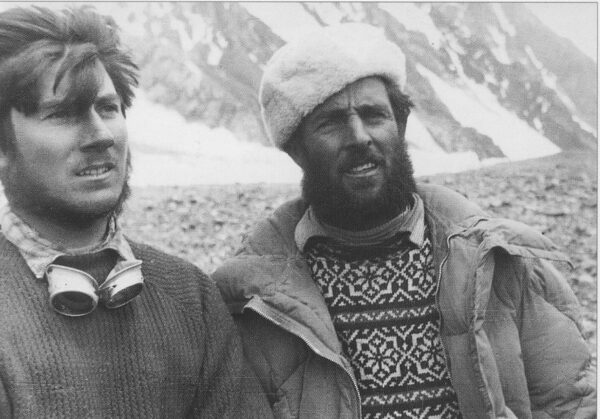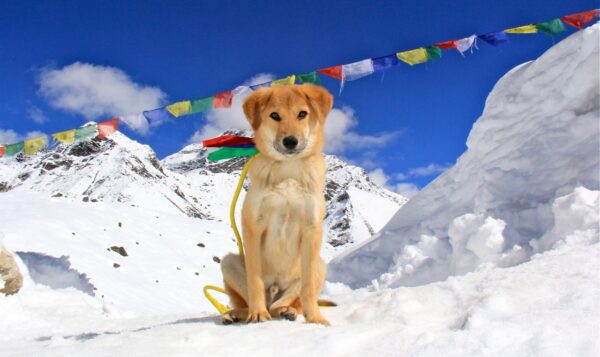Himachal
Trekking
Mountaineers Who Survived Deadly Bivouacs To Become Living Legends
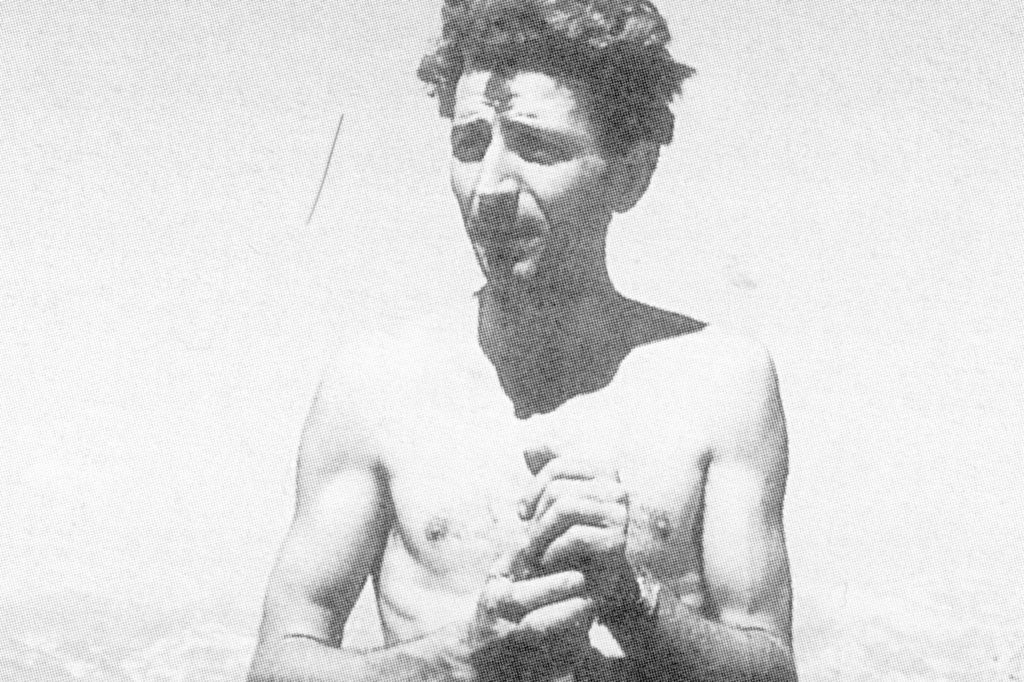
A forced bivouac is any mountaineer’s worst nightmare come true. For a climber, nothing can get worse than having to spend a night high on a mountain without shelter and in extreme cold and deathly conditions. It’s also the test of a man or a woman’s will to live against an all-powerful, unkind and unforgiving nature.
There are many braveheart mountaineers, who survived frightening bivouacs and returned from hell to narrate their heroics. Here is my list of the mountaineers, who cheated death high up in the death zone and became living legends.
1. Hermann Buhl
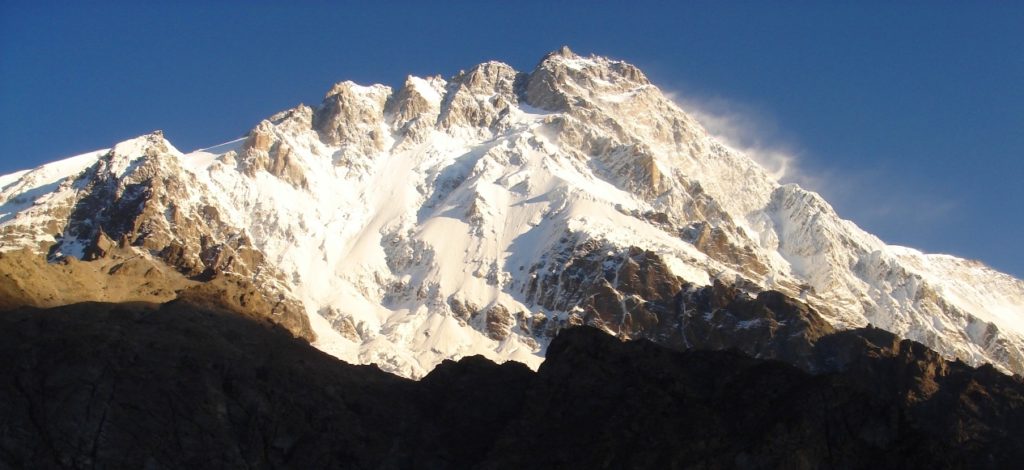
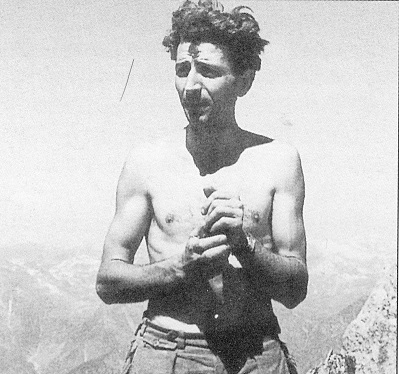
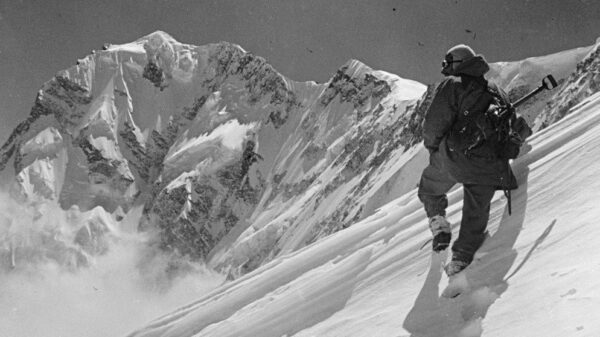
Austrian mountaineer Hermann Buhl had stunned the climbing world in 1953 by doing the first and solo ascent of Nanga Parbat, an eight-thousander, without bottled oxygen. Buhl had left the last camp alone for the summit after his climbing partner Otto Kempter was “too slow in joining him”.
Buhl reached the summit late at around 7 pm but on his way down, he lost one of his crampons and was forced to bivouac on a ledge not having space enough even to squat.
He survived the freezing night in the death zone standing straight. He reached the highest camp 40 hours later the next evening. In the pictures taken of Buhl following the ascent, one can clearly see how much he must have endured, both mentally and physically while there on the Nanga Parbat. Buhl’s bivouac is definitely the stuff legends are made of.
2. Joe Simpson
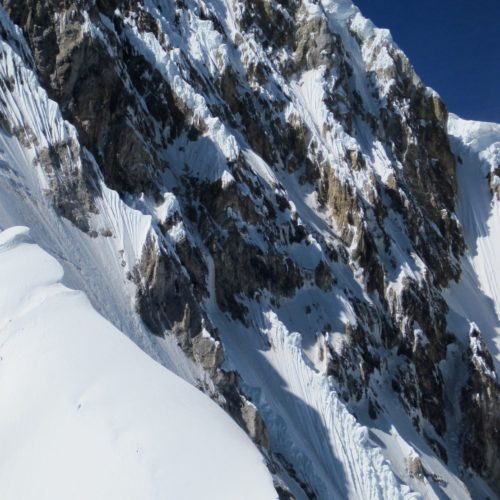


The British mountaineer was left for dead in a crevasse on the Siula Grande in the Peruvian Andes in 1985 but exhibiting true grit he managed to stay alive and just refused to die. Joe Simpson and his friend Simon Yates were descending after making the first successful ascent of Siula Grande through the West face when Joe fractured his right leg after stepping on loose snow.
Though Simon had made a brave rescue attempt but was forced to cut the rope on Joe leading to latter’s fall straight into a crevasse. What happened next is one of the greatest survival stories of bravery and courage and of the will to live ever told in the history of mountaineering. Bearing excruciating pain that hit him every time he moved his right leg, Joe not only survived a freezing night in the crevasse but also managed to climb out of it using his left leg after lowering himself further down.
Hungry and thirsty, Joe crawled his way back through deadly crevasses, ledges and rocks and reached the base camp in three days.
3. Walter Bonatti and Amir Mehdi
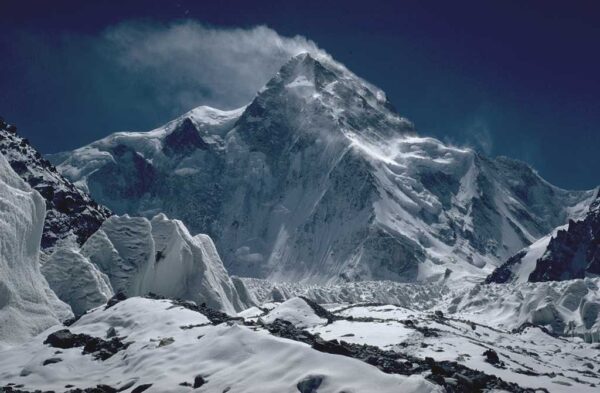
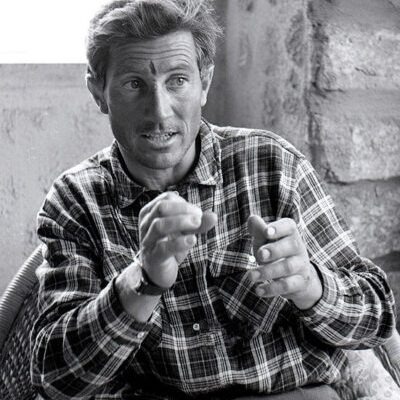
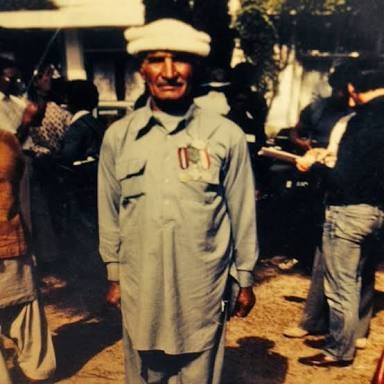
Italian climber Walter Bonatti and Pakistani porter and mountaineer Amir Mehdi, who helped in the first successful ascent of K2 in 1954, were forced to bivouac in the open at an altitude of 8,100 meters on K2, also known as the savage mountain.
In the 1954 Italian expedition on K2, Bonatti and Mehdi were chosen to carry Oxygen cylinders for Lino Lacedelli and Achille Compagnoni up to a height of 8,000 meters. In one of the worst episodes of treachery in mountaineering history, Bonatti and Mehdi found out upon reaching the agreed location that the camp had been moved by Lacedelli and Compagnoni to “prevent them from reaching the summit.”
Bonatti and Mehdi spent the night on an ice ledge with mercury dropping to -50C. The next morning, Bonatti and Mehdi descended the mountain and Lacedelli and Compagnoni picked the cylinders and went for the summit. Mehdi had suffered severe frostbite and all his toes were later amputated.
4. Dougal Haston and Doug Scott
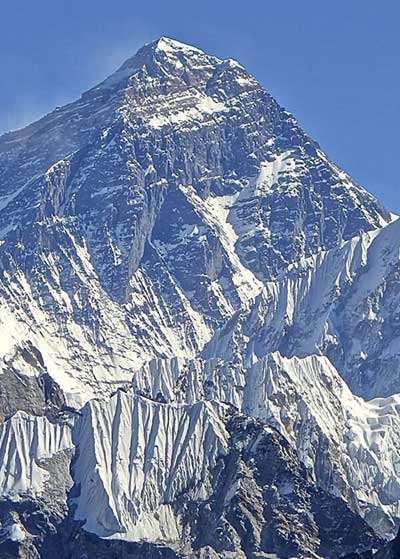
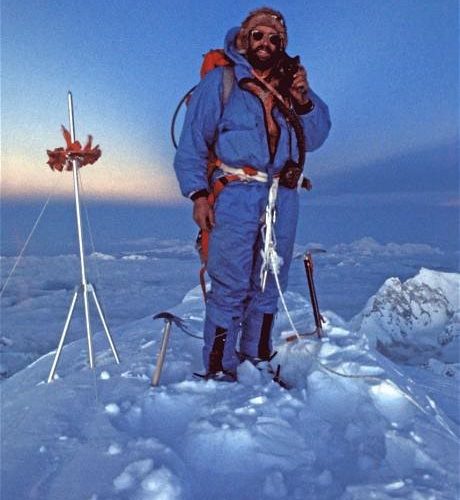
The pair of British mountaineers Dougal Haston and Doug Scott had made the first successful ascent of Mount Everest through the fearsome Southwest face in an expedition led by Chris Bonington in 1975. The duo also hold the record for being forced to bivouac in the open just below the summit at an altitude of 28,750 feet, the highest bivouac ever.
The pair had reached the summit at 6 pm and had barely started descending when it got dark forcing them to spend the cold night in the open. To make matters worse, they didn’t have sleeping bags and had also run out of oxygen. They endured hallucinations and freezing temperature in a snow hole and returned to their highest camp next day.
British newspaper The Guardian wrote at that time that “It would have been like spending the night in a sheet sleeping bag in a deep freeze with the oxygen cut by two-thirds.”
5. Tom Hornbein and Willie Unsoeld
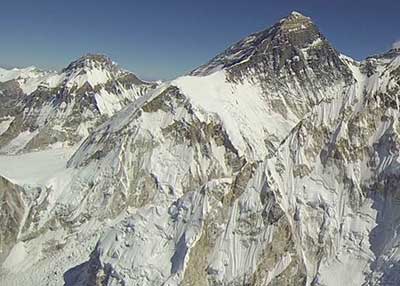
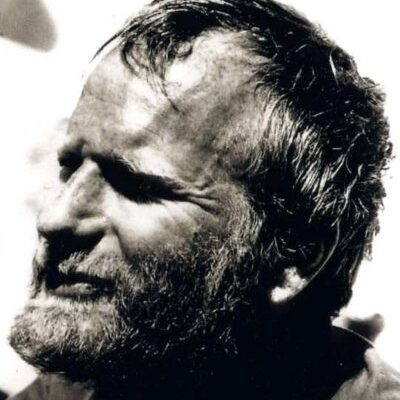

The American mountaineers were the first to climb the Mount Everest through the West Ridge and then descend from the other side of the mountain via Southeast Ridge.
The duo had reached the summit around 6 pm and on their way down met expedition members Barry Bishop and Lute Jerstad, who had summited earlier via the South Col. As the night fell, the four were forced to bivouac at a height of 28,000 feet.
They managed to survive the cold and deadly night, keeping their eyes open all the time for fear of falling asleep. Bishop and Unsoeld suffered from frostbite and the latter lost nine toes.
Recalling the bivouac, Tom Hornbein said years later that “The night was overpoweringly empty … Mostly there was nothing. We hung suspended in a timeless void … Intense cold penetrated, carrying with it the realization that each of us was completely alone. No team now, just each of us, imprisoned with his own discomfort, his own thoughts, his own will to survive.”
6. Maurice Herzog and Louis Lachenal
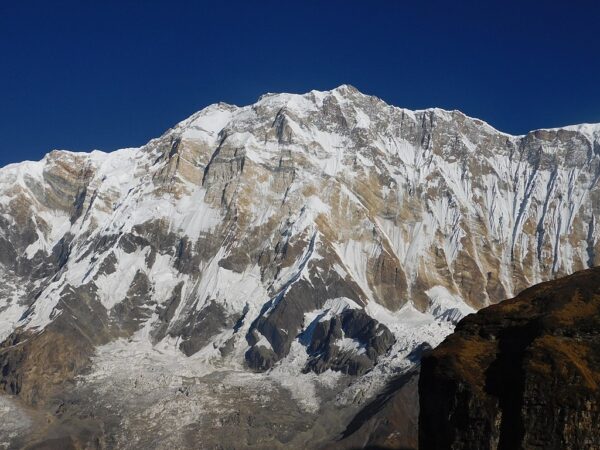
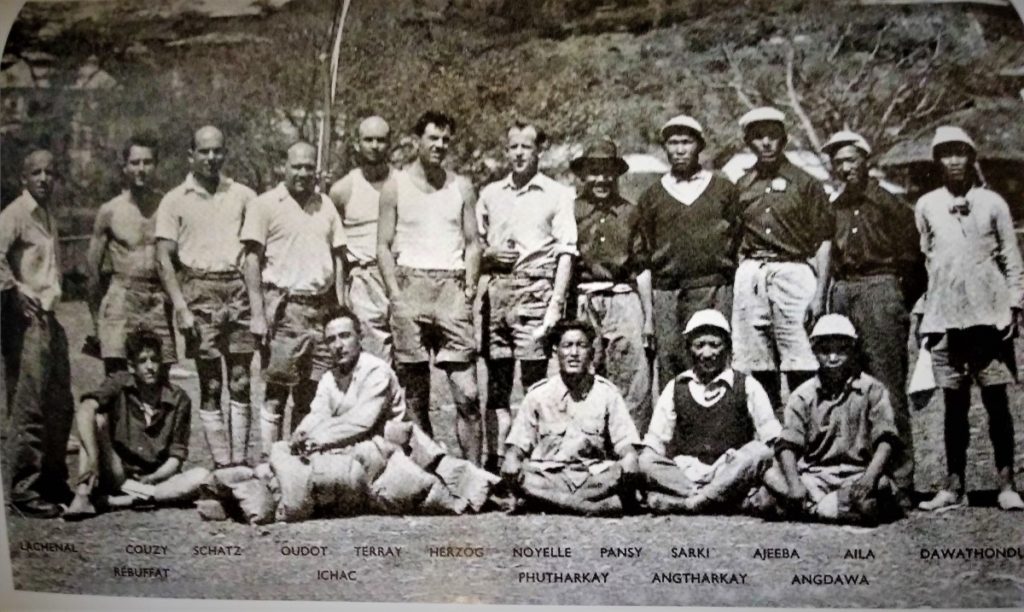
Herzog and Lachenal became the first mountaineers to climb an 8,000-meter high peak when they summited Annapurna in 1950. But the first successful ascent of an eight-thousander came with a price.
The pair reached the Annapurna summit in the afternoon but their troubles started while descending. Herzog lost his gloves and Lachenal was seriously frostbitten after losing his ice axe and a crampon and barely managed to reach their highest camp.
Next day, while descending Herzog and Lachenal and two more team members were forced to bivouac in a snow cave in a raging snow storm. They didn’t have any food or water and just one sleeping bag. Both the climbers lost most of their toes and Maurice all his fingers.

